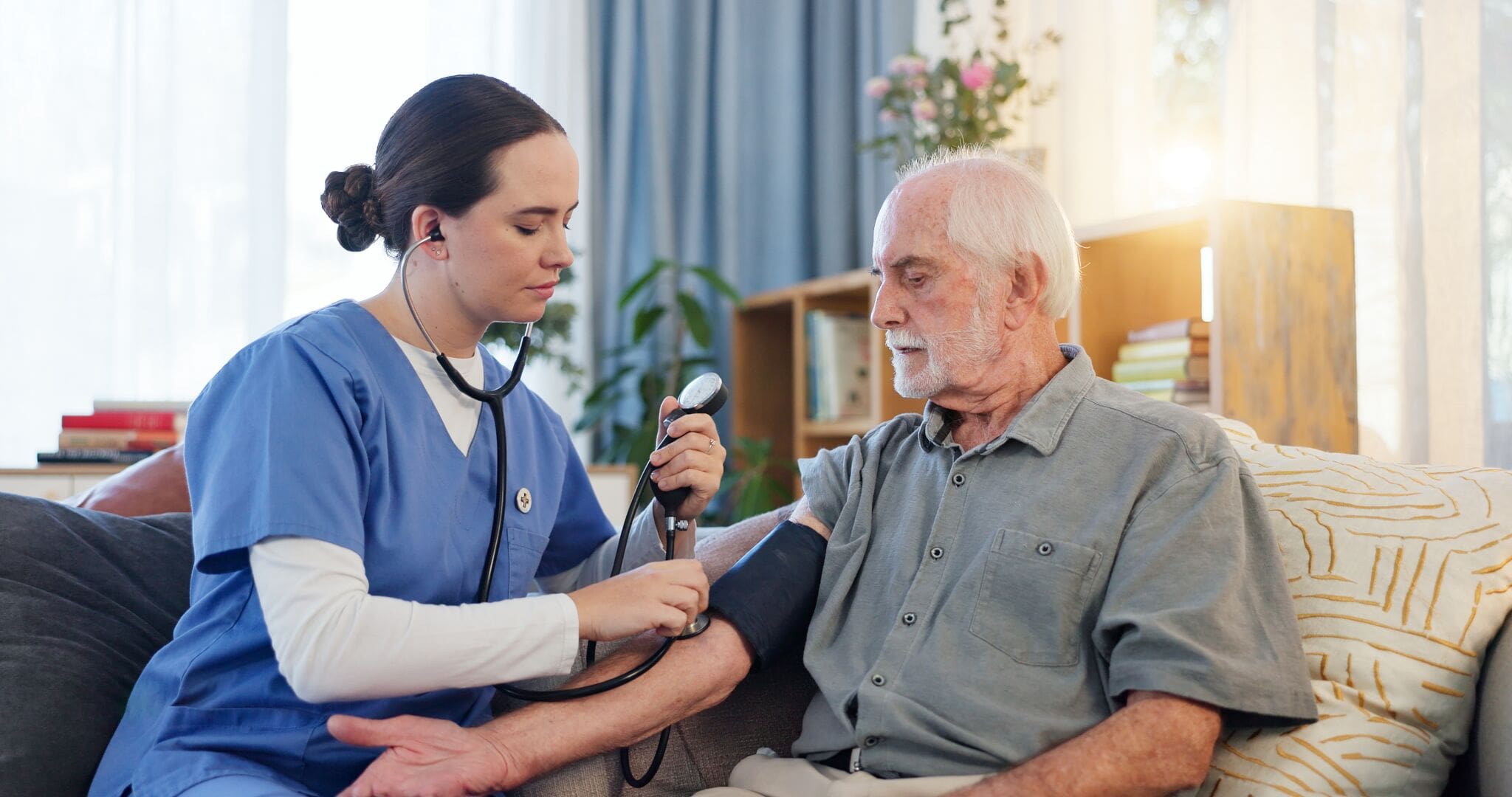In this article
What are Food Hygiene Ratings?
In the UK, food hygiene ratings are scores given to businesses that serve or sell food, based on how well they meet hygiene standards. The Food Hygiene Rating Scheme (FHRS) is operated by the Food Standards Agency (FSA) in partnership with local authorities in England, Wales and Northern Ireland. In Scotland, Food Standards Scotland operates the Food Hygiene Information Scheme (FHIS).
Under the food hygiene rating scheme, environmental health officers inspect food businesses to check their hygiene standards. Businesses are checked on:
- Food handling: Including storage, preparation, cooking, reheating and cooling practices.
- Cleanliness and physical condition of facilities: Including kitchen layout, lighting, ventilation, handwashing facilities, pest control and overall cleanliness practices.
- Food safety management: Any systems the business has in place to ensure food is safe to eat, including staff training and food safety systems.
The food hygiene rating is given either immediately after an inspection or within 14 days of the inspection taking place. The food hygiene rating scale ranges from 0-5.
| Rating | Meaning | Description |
| 5 | Very Good | Meets all hygiene standards |
| 4 | Good | Only minor improvements are recommended |
| 3 | Generally satisfactory | Meets the basic requirements but hygiene standards could be improved. |
| 2 | Improvement necessary | Several hygiene issues |
| 1 | Major improvement necessary | Serious hygiene concerns |
| 0 | Urgent improvement required | High risk to public health |
If a score other than 5 is given, the inspecting officer will provide the food business with suggestions on how to improve their food hygiene. Food hygiene ratings aim to encourage businesses to maintain high hygiene standards. They also help customers choose where to eat safely.
Every time a business is inspected, it will receive a new hygiene rating. The business must display the most recent rating, even if the score is lower than the previous ratings. How frequent inspections happen can vary, usually from every six months to two years or more. Inspection schedules usually depend on how high the potential risk is to the health of the public. Businesses considered high-risk receive more regular inspections than businesses considered lower risk.
When planning the frequency of inspections, the local authority will consider:
- What types of food does the business handle (e.g., fresh food, frozen food or high-risk foods, such as meat and fish)?
- How many customers do they typically serve?
- What types of customers do they usually serve (for example, any vulnerable groups, such as children, the elderly or people who are already ill)?
- What types of food handling processes are carried out?
- What hygiene standards were identified in previous inspections and what was the previous food hygiene score?

What Businesses Get Rated for Food Hygiene?
Any business in the UK that serves or sells food straight to customers is included in the food hygiene rating scheme. This includes businesses that serve, sell, cook, prepare or handle food that is eaten by the general public, for example:
- Restaurants
- Cafes
- Coffee shops
- Fast food businesses
- Takeaway businesses
- Pubs that serve food
- Hotels
- Food trucks
- Street food vendors
- Ice cream vans
- Supermarket chains (e.g. Tesco, Sainsbury’s and Marks and Spencer’s)
- Independent grocery stores
- Butchers and fishmongers
- Bakeries
- Delicatessens
- Nurseries, schools and colleges
- Hospitals
- Residential care homes
- Catering businesses
- Food manufacturers and distributors, such as factories, wholesale food suppliers, cold storage and food distribution businesses
In 2021/2022, nearly 160,000 businesses in the UK were inspected and received a food hygiene rating. However, not all businesses that handle food receive a food hygiene inspection. Two types of businesses don’t need a food hygiene inspection:
Businesses that are generally considered to be a low risk to public health and which are generally not recognised as being food businesses. Typically, this would be businesses that do not primarily sell food and only sell food that is pre-packaged, not handled by staff and does not require refrigeration. Examples include:
- Newsagents
- Chemists
- Visitor centres
Childminders and other businesses that offer care services at home.
How Customers Find Food Hygiene Ratings
Customers can find food hygiene ratings in several ways:
Food Standards Agency website
The FSA website has an online service allowing the general public to find the hygiene rating for any food business in the UK. Anyone can find a food hygiene score by putting the business’s name and its street, town or postcode into the search. The results will show the rating and the date of the last inspection.
Food hygiene rating stickers
In Wales and Northern Ireland, it is the law that businesses have to display their food hygiene rating sticker in a place that customers can see, for example, in the window or the entrance to the premises. In England and Scotland, displaying the rating sticker is not the law but it is strongly recommended. Although it is voluntary, many businesses in England and Scotland still choose to display it.
Ask the business directly
If a business does not display a sticker, customers can ask to see their latest rating. It is the law that businesses must tell customers their rating if they ask for it.

Why are Food Hygiene Scores Important?
There are many advantages to the food hygiene rating scheme, including:
Reduces the risk of cross-contamination and protects public health
Cross-contamination is one of the biggest causes of food poisoning. Poor food hygiene practices can significantly increase the risk of contamination and foodborne illnesses. Good food handling and hygiene practices ensure that raw foods (such as raw chicken and fish) do not contaminate cooked foods and that foods are kept at safe temperatures when cooking, cooling and storing (as this prevents foods from entering the temperature danger zone, 8°C – 63°C, where harmful bacteria can multiply rapidly).
Poor hygiene and unsafe food handling practices can lead to food poisoning from bacteria such as Salmonella, E. coli and Listeria. By checking how well food establishments follow good hygiene practices, the FHRS can reduce the risk of contamination and food poisoning and protect public health.
Prevents contamination from allergies
Approximately 6% of adults in the UK have a food allergy. Not following good hygiene practices, particularly when handling and storing food, can significantly increase the risk of non-allergenic foods being contaminated by allergens. Businesses that follow good allergen practices, such as storing allergen ingredients in tightly sealed containers, using separate utensils and equipment and thoroughly cleaning all equipment and surfaces, can significantly reduce the likelihood of someone with a food allergy experiencing an allergic reaction.
Helps customers make informed choices
Food hygiene ratings let people know how clean and safe a place is before they choose to eat A high score (4 or 5) can make a food business more attractive to customers, while a low score (0-2) is a red flag. Being able to check a food hygiene score empowers the customer to make an informed choice about whether to eat at a food establishment.
Encourages businesses to improve
Because food ratings are available to the public, this can motivate businesses to maintain good scores or improve their hygiene. Businesses with low ratings risk losing customers, which encourages them to follow proper food safety rules. If they do receive a low food hygiene score or the inspecting officer makes improvement recommendations, the business may be more motivated to listen to any recommendations and improve their food hygiene if they know the low score is available to the public.
Ensures compliance with the law
Businesses must meet legal hygiene requirements set by the Food Standards Agency (FSA) and local councils. Regular inspections help enforce safe food handling, cleanliness and hygiene management and make sure that food businesses comply with all regulations surrounding food hygiene.
Statistics from the Food Standards Agency (FSA) highlighted that in 2022, 99.1% of food businesses in Northern Ireland, 97% of food businesses in Wales, 97.1% of food businesses in England and 93.8% of food businesses in Scotland achieved a food hygiene rating of 3 or higher (satisfactory).
The Risk of a Low Score
After a food hygiene inspection, the Environmental Health Officer (EHO) will provide a food hygiene rating between 0 and 5, a report detailing hygiene failings and improvement notices with deadlines to fix any issues.
A low score means:
0: Urgent action required (serious risk to public health).
1: Major improvements needed.
2: Some important improvements are needed.
If a food business receives a low food hygiene rating (0-2) during an inspection, it means urgent improvements are needed. If the hygiene standards are poor, the business must immediately address the issues outlined in the inspection report, for example, by improving cleaning, food handling and storage procedures and thoroughly documenting these improvements.
They may also need to provide staff training on food hygiene. The EHO will set a timeframe for making improvements (typically 14 to 28 days) and schedule a follow-up visit to ensure compliance.
If the EHO has not already scheduled an appointment, the business can apply for a re-inspection once they have fixed any issues and implemented any necessary changes. However, some local authorities charge for re-inspections. It is essential that the food establishment provides evidence of any improvements (e.g., cleaning logs and training records.
If the issues are serious or not fixed, EHOs can take legal action, for example:
- Improvement Notice: The business must fix specific hygiene failures within a set time.
- Hygiene Emergency Prohibition Notice (Closure Order): If conditions pose an immediate risk, the business can be forced to close until it is safe.
- Fines and prosecution: Severe non-compliance can lead to large fines or court action, such as:
- Fines of up to £20,000 for repeated breaches.Prosecution and possible jail time in extreme cases.
- Business closure until hygiene standards improve.
A low score can have serious consequences for both the business and the consumer:
Risk to public health
Poor hygiene can lead to contamination by bacteria like Salmonella, E. coli and Listeria, which can cause food poisoning. Symptoms of food poisoning can include nausea, vomiting, diarrhoea and severe illness and can be life-threatening, particularly for vulnerable people, such as the elderly, pregnant people and young children.
Loss of customers
Poor hygiene can lead to negative reviews on platforms like TripAdvisor, Google and social media and even previously loyal customers may choose not to visit the business in future. Additionally, delivery platforms, such as Just Eat and Uber Eats, may refuse to work with the business if the hygiene score is low. This can have a serious impact on the business’ profits and could even result in the business failing.
Increased scrutiny from inspectors
Low-rated businesses face more frequent inspections from environmental health officers. This could cause more costs, stress and pressure to comply with food safety laws.
Financial loss
Not only can lower hygiene scores result in few customers and lost revenue, but businesses that are rated poorly may also experience financial losses through expensive legal fees, the cost of making hygiene improvements and the cost of re-inspections. Additionally, if the business is forced to close, even temporarily, they will lose income until they meet safety standards.
Legal consequences
Businesses with serious hygiene failings can face fines or even prosecution. In extreme cases, business owners can face legal action for endangering public health. A rating of 0 (urgent improvement required) means the business may be shut down immediately and if improvements aren’t made, the business could lose its license permanently.

Food Hygiene Regulations
Food businesses in the UK must comply with several food hygiene regulations to ensure food is safe to eat. These laws are enforced by the Food Standards Agency (FSA) and local authorities.
The Food Safety Act 1990
This is the main law governing food safety in the UK. It sets the foundation for all other food hygiene regulations. Key requirements include:
- Food must be safe to eat: It is illegal to sell food that is harmful or unfit for consumption.
- No misleading information: Businesses must provide accurate descriptions of food (e.g., labelling and advertising).
- Hygiene standards must be maintained: Food must be stored, prepared and served safely.
The Food Hygiene (England) Regulations 2013
This law enforces specific hygiene standards that food businesses must follow, including:
- Food must be handled in a hygienic way: Proper procedures must be in place to avoid contamination.
- Safe food temperatures must be maintained:
- Chilled food must be kept below 8°C.
- Hot food must be kept above 63°C.
- Frozen food must be stored at -18°C or lower.
- Cleaning and pest control: Premises must be kept clean and pest-free.
- Hygiene training: All food handlers must be trained in safe food handling.
- Personal hygiene: Food handlers must:
- Wash hands before and after handling food.
- Wear clean protective clothing (e.g., aprons, gloves and hairnets).
- Avoid handling food if they have illnesses (e.g., norovirus, diarrhoea or vomiting).
Food hygiene regulations help to protect public health and prevent foodborne illnesses. By following the rules, businesses can maintain high hygiene standards, earn good food hygiene ratings and avoid fines, legal action and business closure.






